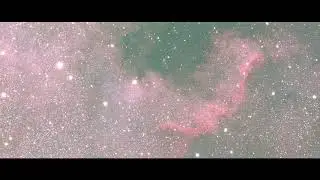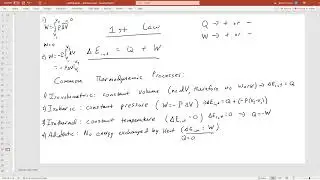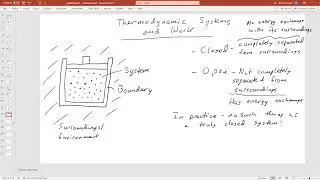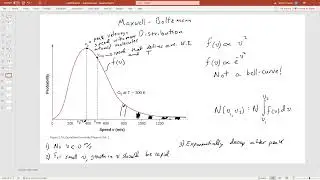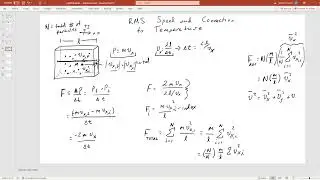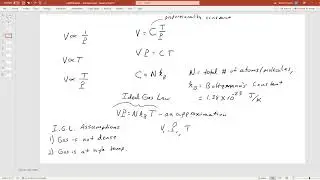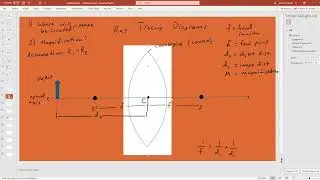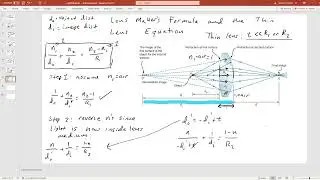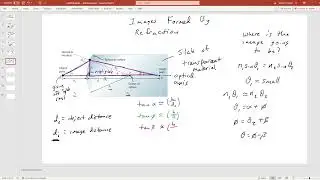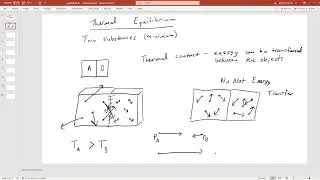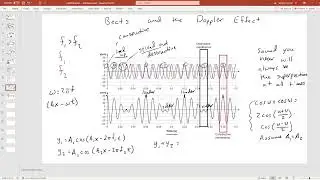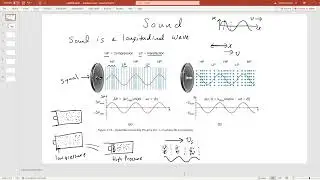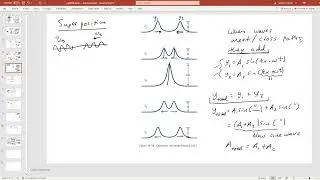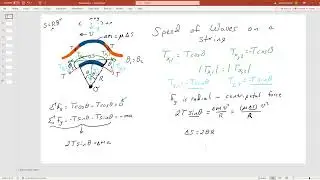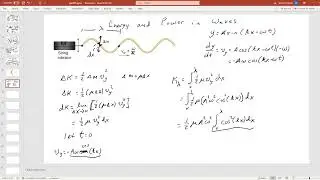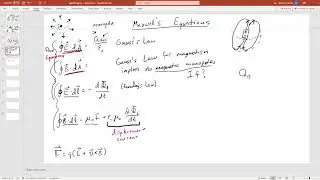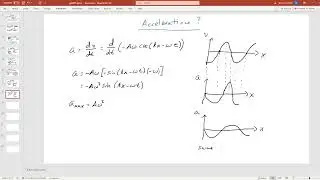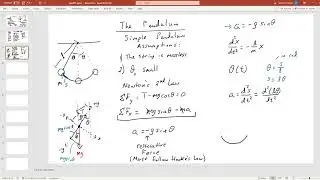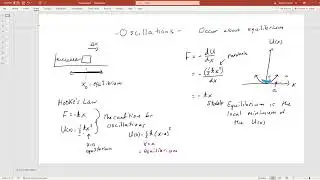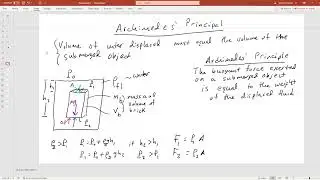An Astronomer Dives into Astrophotography Pt. 4
This video has some deep sky objects, including M42 (the Orion Nebula), M51 (the Whirlpool Galaxy), M81 (Bode's Galaxy), M82, and NGC 3077, as well as some specific shots of the Moon (including the Mare Nectaris and Mare Imbrium regions) with associated features labeled, and the Sun over the past month, including the sunspot region responsible for the historic aurora of May 8th. The sunspot group 3664 is shown as the large group in the lower right of the 2nd full Sun pic in the video, taken May 13th as the region was about to rotate out of our view. All pictures were taken from Grand Junction, CO.
Note the difference between the Moon at full phase vs. the specific shots of Mare Imbrium and Mare Nectaris. At first thought, it might seem that full Moon is the best to capture features since everything is visible. However, if you want to capture specific mountain ranges or other features such as scarps or rilles, crescent through quarter phases (or quarter through crescent, depending on which side of the Moon you're interested in) is best. For example, if you want to capture the mountain ranges on the edges of Mare Imbrium, you want to get them around the quarter or so phase, as sunlight isn't hitting them directly, which allows the shadows to provide contrast and definition. This also enhances the ability to see other features/crater details in the mare region.
Music is original.





![【No.02-02】【Premiere Pro】[Beginner] IMPORT FILE PHOTOSHOP INTO PREMIERE](https://images.videosashka.com/watch/du4uXWW-yFo)
![[PI 100 X3] Mga Akda ni Dr Jose Rizal - Ang Pagong at ang Matsing at Mariang Makiling](https://images.videosashka.com/watch/fdYtWpTM4HU)

